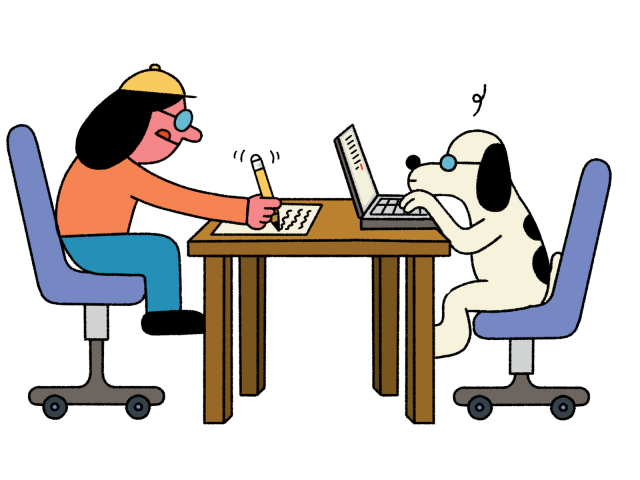NewsWise values
This lesson focuses on the NewsWise values: truthful and interesting.
Learning objectives
To edit and redraft a news report.
Subeditors play an important role in news publishing. Without them, reports could be boring and confusing, or full of mistakes and things that aren’t true!

This lesson focuses on the NewsWise values: truthful and interesting.
To edit and redraft a news report.
Proofread a news report for spelling, grammar and punctuation errors.
Identify whether the first paragraph of a news report includes all of the key information.
Redraft a news report, making changes to improve the effectiveness of writing.
Peer subediting: in role as subeditors, pupils read through each other’s reports to find any mistakes, using the Subediting checklist. They must highlight anything they notice then give feedback to each other.
Nose the story: pupils read out their first paragraphs to each other. Do they tell the reader all the key information they need to know? Do they contain each of the 5 Ws? Do they mention the most interesting thing first (eg ‘On Monday 11 June …’ is not the most interesting thing!)? Does it make the reader want to find out more?
Challenge: Make your writing more concise. Pupils must check their own writing for redundant words (see Redundant words for an example resource), as well as places where they have repeated the same word or information several times.
Pupils type or write a final draft of their news reports, including all subediting suggestions (without ‘page furniture’).
Pupils share examples of their subediting. Who found at least one mistake in the work they were subediting? How has your writing improved now that it has been subedited? Why is subediting an important process of writing news stories?
What needs to be checked in a report?
What could happen if a news report:
Doesn’t have the key information in the first paragraph?
Gets the facts wrong?
Makes a large number of spelling mistakes?
Doesn’t make sense?
If a news organisation publishes false information, they can get into a lot of trouble and readers could stop trusting them.
If a report has a high number of mistakes, people are less likely to believe or trust what it says.
Subeditors proofread a reporter’s writing. They check...
the facts. Everything in the news report must be true.
the first paragraph. It must contain the 5 Ws and make people want to read the story. This is called ‘nosing the story’.
for spelling, punctuation and grammar mistakes.
for repetition and redundant words.
Reviewing and editing writing
Assessing the effectiveness of writing; proof-reading; proposing changes to improve writing
If you are finishing the NewsWise project here, it's time to put your pupils' skills to the test! Our short, online quiz checks their fake news detective skills and asks some more questions about what they've learned along the way.
Click the button below or share this link with your class: bit.ly/pupilpostnw2425
Not finished yet? Keep going to the next lesson! You'll find the quiz in the plenary of lesson 15.
Complete the teacher survey too and you'll get a link to the quiz answers, so you can share these with your class. (We recommend completing the teacher survey shortly before, while, or soon after pupils complete their quiz, so you can share the answers with them in the same lesson.)
We'd love to see your pupils' finished news reports! Email them to us at newswise@theguardianfoundation.org - we might be able to publish them on our website!